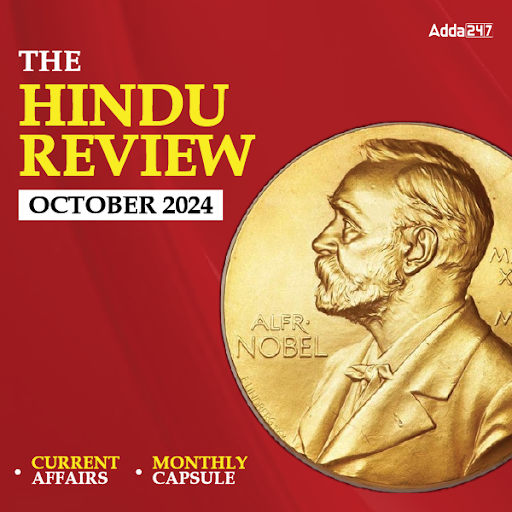the best answer to each question out of the five given alternatives.
Durkheim, the first person to be formally recognized as a sociologist and the
most scientific of the pioneers, conducted a study that stands as a research
model for sociologists today. His investigation of suicide was, in fact, the
first sociological study to use statistics. In ‘Suicide’ (1964, originally
published in 1897) Durkheim documented his contention that some aspects of
human behaviour–even something as allegedly individualistic as suicide–can be
explained without reference to individuals.
Like all of
Durkheim’s work, suicide must be viewed within the context of his concern for
social integration. Durkheim wanted to see if suicide rates within a social
entity (for example a group, organization, or society) are related to the
degree to which individuals are socially involved (integrated and regulated).
Durkheim described three types of suicide; egoistic, anomic, and altruistic.
Egoistic suicide is promoted when individuals do not have sufficient social
ties. Since single (never married) adults, for example, are not heavily
involved with family life, they are more likely to commit suicide than are
married adults. Altruistic suicide on the other hand, is more likely to occur
when social integration is too strong. The ritual suicide of Hindu widows on their
husband’s funeral pyres is one example. Military personnel, trained to lay down
their lives for their country, provide another illustration.
third type of suicide–anomic–suicide–increases when the social regulation of
individuals is disrupted. For example, suicide rates increase during economic
depressions. People who suddenly find themselves without a job or without hope
of finding one are more prone to kill themselves. Suicides may also increase
during periods of prosperity. People may loosen their social ties by taking new
jobs, moving to new communities, or finding new mates.
from the government population reports of several countries (much of it from
the French Government Statistical Office), Durkheim found strong support for his
line of reasoning. Suicide rates were higher among single than married people,
among military personnel than civilians, among divorced than married people,
and among people involved in nationwide economic crises.
important to realize that Durkheim’s primary interest was not in the empirical
(observable) indicators he used such as suicide rates among military personnel,
married people and so forth. Rather, Durkheim used the following indicators to
support several of his contentions: (1) social behaviour can be explained by
social rather than psychological factors: (2) suicide is affected by the degree
of integration and regulation within social entities; and (3) since society can
be studied scientifically, sociology is worthy of recognition in the academic
world. Durkheim was successful on all three counts.
In his study of suicide, Durkheim’s main purpose was:
document that suicide can be explained without reference to the individual.
provide an explanation of the variation in the rate of suicide across
societies.
categorise various types of suicides.
document that social behaviour can be explained by social rather than
psychological factors.
explain the reason behind the survival rate of suicide person
to Durkheim, suicide rates within a social entity can be explained in terms of:
of social ties.
of social regulation.
of social integration.
(b) and (c)
and (b)
single adults are not heavily involved with family life they are more likely to
commit suicide, which Durkheim categorized as:
suicide.
suicide.
suicide.
(c).
(b) and (c)
Q4. Higher suicide rates during rapid progress in a society is a manifestation
of:
suicide.
suicide.
suicide.
suicide
the above.
suicide of Hindu widows on their husband’s funeral pyres was:
manifestation of strong social integration.
example of brutality against women.
example of anomic suicide.
example of egoistic suicide.
example of bravery
in the suicide rate during economic depression is an example of
suicide.
suicide.
suicide.
and (c).
suicide
to Durkheim, altruistic suicide is more likely among:
personnel than among civilians.
people than among married people.
than among married people.
involved in nationwide economic crises.
people
support his contentions, Durkheim relied on the following indicators:
behaviour is explicable predominantly through social factors.
is contingent upon the degree of regulation and interaction.
sociology to acknowledge that society is susceptible to scientific
investigation.
(b) and (c)
the above.
himself on his own indicators, Durkheim was:
some counts, not others.
on all counts.
but did not realize that he was right.
correct but formally wrong.
hypothetically correct but morally wrong.
(10-15): In each of the following sentences, two parts of the sentence are left
unfinished. Beneath each sentence, five different ways of completing the
sentence are indicated. Choose the best alternative among the five.
telephone symbolizes that awkward __________ in all communication technologies;
while it __________ to bring us together, it keeps us apart.
needs
intends
tries
wishes
joins
these bleak and depressing times of __________ prices, non-performing
governments and __________ crime rates, Virat Kohli has given us Indians a lot
to cheer about.
increasing
booming
soaring
debilitating
sporadic, deteriorating
Internet is a medium where users have nearly __________ choices and __________
constraints about where to go; and what to do.
non-existent
no
minimal
shocking
nominal
were peaceful and prosperous; they had __________ to sit at home and think
about the universe and dispute with Socrates, or to travel abroad and
__________ the world.
explore
ignore
suffer
understand
roam
achievement in the field of literature is described as __________; sometimes it
is even called __________.
irresponsible
influential
paltry
trivial
infidel
her hair up, every man she had met had groveled before her and she had acquired
a mental attitude toward the other sex which was a blend of __________ and
__________.
tolerance
contempt
temperance
fidelity
fidelity



 The Hindu Review October 2022: Download ...
The Hindu Review October 2022: Download ...
 CAIIB ABM Exam Analysis 2024, 24 Novembe...
CAIIB ABM Exam Analysis 2024, 24 Novembe...
 Important Essay Topics for IBPS PO Mains
Important Essay Topics for IBPS PO Mains




